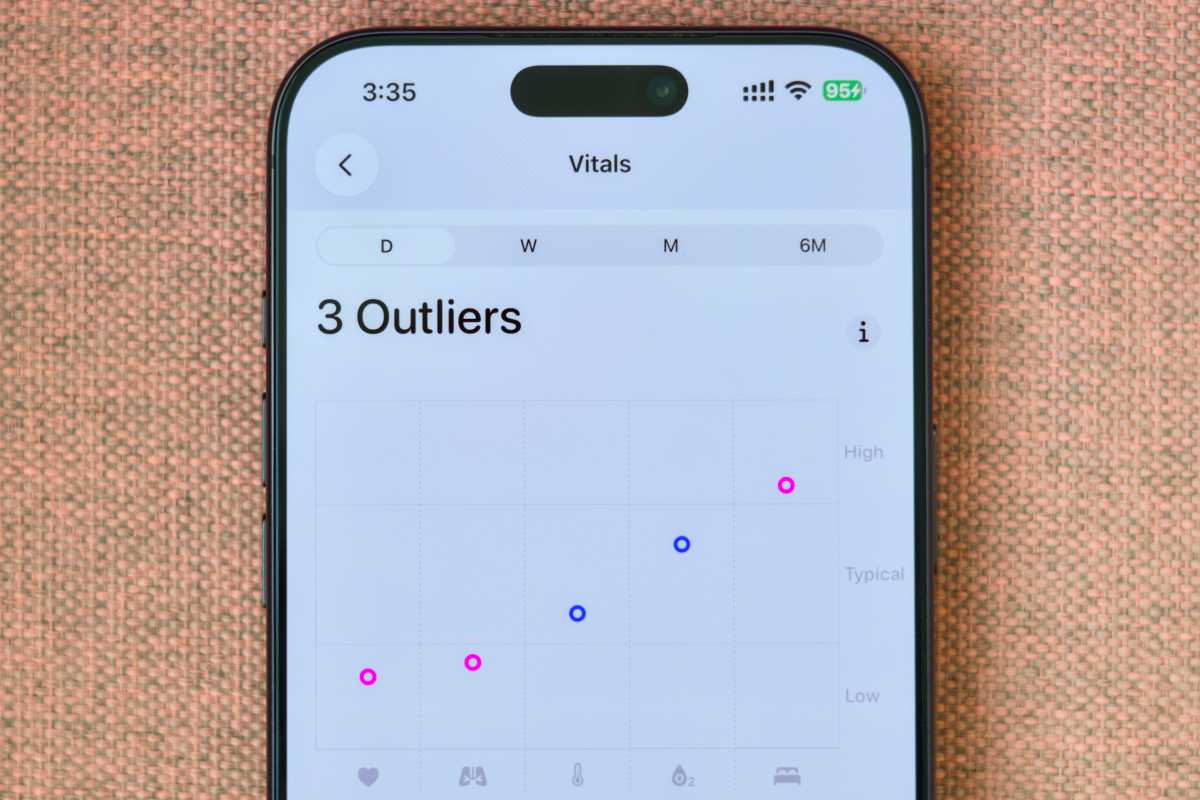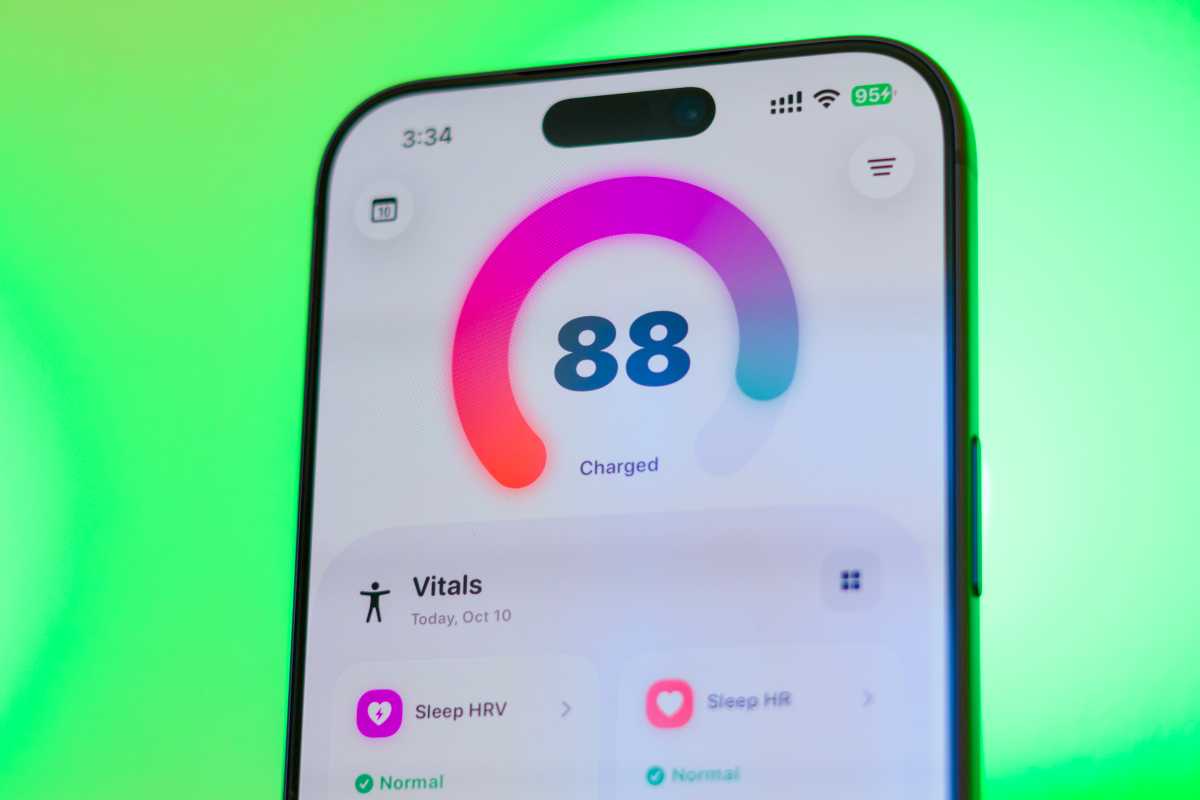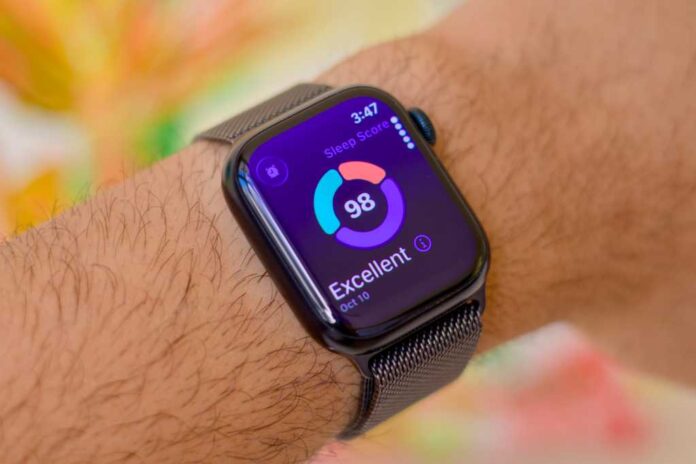At its iPhone 17 launch occasion, Apple introduced a brand new watchOS 26 characteristic referred to as Sleep Rating. As its title suggests, the software evaluates the standard of your sleep primarily based on a number of elements, distilling the end result right into a easy quantity.
I used to be initially trying ahead to attempting Sleep Rating, for the reason that firm made such an enormous deal out of it—making it, in truth, a keynote phase headliner. However after a month of energetic use, it’s develop into clear to me that Sleep Rating is basically simply the identical previous Apple Watch sleep monitoring with a brand new coat of paint. It doesn’t acquire any new sleep information, nor does it deeply analyze different related well being metrics.
However Sleep Rating could be saved. Right here’s what Apple must do to really elevate it.
How Sleep Rating works
Earlier than declaring Sleep Rating’s shortcomings, let’s take a more in-depth, goal have a look at the way it works. For starters, you’ll want an Apple Watch with sleep monitoring enabled or the same third-party tracker that collects the identical sorts of information. When you replace your iPhone to iOS 26, you’ll be capable of test your Sleep Rating within the built-in Apple Well being app.
Sleep Rating is a 100-point system that takes three foremost parts into consideration. Your sleep length, bedtime consistency, and sleep interruptions account for 50, 30, and 20 factors, respectively.
To earn the length issue’s full 50 marks, it seems you must sleep for at the very least 8 hours throughout a given night time. In the meantime, the grade for bedtime consistency will depend on whether or not you sleep across the similar time each night time. Lastly, you possibly can earn the 20 factors for sleep interruptions for those who don’t get up for extended intervals at night time. Whilst you in all probability gained’t rating a full mark nightly, claiming the 100 factors is achievable, as I’ve completed it a couple of instances.
On condition that Sleep Rating doesn’t collect any new metrics, you possibly can really test earlier months’ rankings—assuming you’ve had the sleep monitoring characteristic enabled. This solely proves that Sleep Rating is merely a brand new technique to show current information and doesn’t do a lot else.

Mahmoud Itani / Foundry
The lacking substances
I hoped for a significant improve to the basic sleep monitoring characteristic however Sleep Rating is, at finest, a UI overhaul with a score connected. We’ve lengthy been capable of test the nightly sleep length, schedule, and interruptions. Whereas assigning a rating can replicate how constant one’s sleeping habits are, the quantity itself generally is a bit deceptive.
Incomes 100 factors doesn’t essentially equate to an ideal and even good night time’s sleep. For instance, for those who’re sick and on painkillers, you may realistically rating the complete mark, regardless of waking up worn out and having outliers within the Well being app’s Vitals part. Sleep Rating doesn’t bear in mind your resting coronary heart charge and coronary heart charge variability, which could be sturdy indicators of 1’s sleep high quality and general well being.
Equally, it fully disregards the earlier days’ recorded exercises and burned energy, though they might impression how properly a consumer sleeps and feels the next morning. The identical might be stated concerning the Vitals characteristic’s recorded respiratory charge, wrist temperature, and blood oxygen ranges, which Sleep Rating excludes altogether.
Given its title, Sleep Rating delivers on its promise; it charges your main sleeping circumstances. The issue, nevertheless, is that it fails to innovate or meaningfully improve sleep monitoring on watchOS. If Apple is unable to considerably improve the characteristic, the corporate ought to have rolled it out silently because the principally beauty replace it’s.

Mahmoud Itani / Foundry
A easy patch
A extra useful strategy would have been estimating customers’ general vitality ranges all through the day. I exploit a HealthKit-enabled third-party app that accesses related metrics to show an all-encompassing ‘physique battery’ rating. These embody my exercises, energetic vitality, coronary heart charge readings, wrist temperature, mindfulness minutes, sleep information, and extra.
The app analyzes my sleep length, coronary heart charge, Vitals, and so forth to determine how recharged I’m after I get up. The refilled vitality is equally mirrored by means of a 100-point scoring system. Because the day goes by, my rating drops relying on recorded exercises, coronary heart charge, bodily exercise, and so forth.
Past the general physique battery score, the app estimates fatigue and stress ranges. The readings are typically correct, as they account for current weeks’ well being information and aren’t restricted to a single day’s measurements. The physique battery route helps me get a sensible illustration of my state in actual time, as a substitute of proscribing me to a static rating shaped from incomplete sleep metrics.
On condition that Apple reportedly plans to launch a Well being+ service subsequent yr with AI teaching, I’m nonetheless hopeful. The corporate may doubtlessly bundle a software that reads a consumer’s complete Well being app log and presents a significant report that dynamically adjustments every single day. Till then, I’m hitting snooze on the Sleep Rating characteristic.


